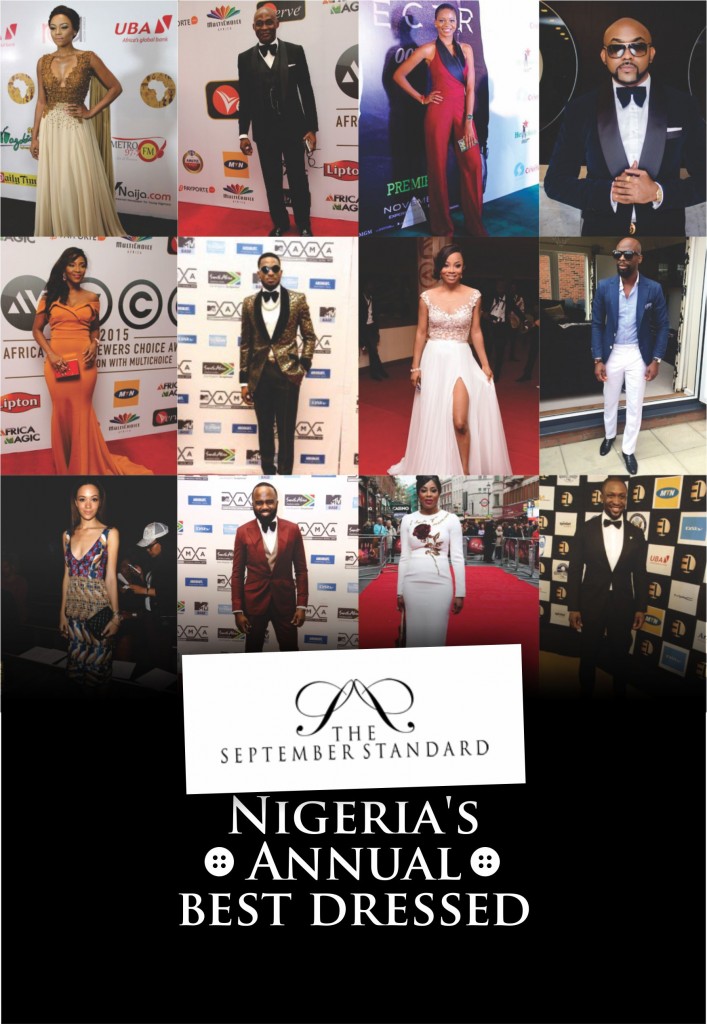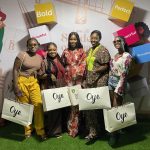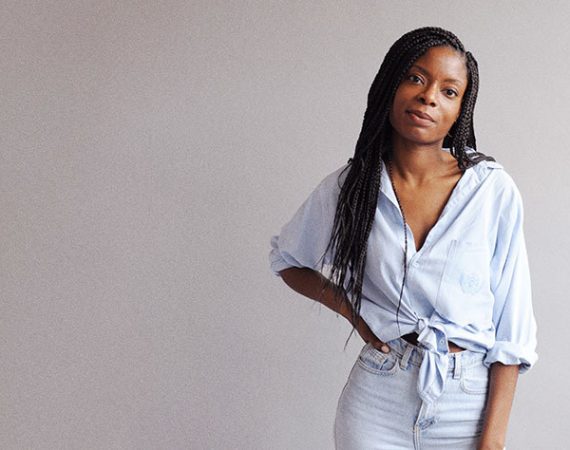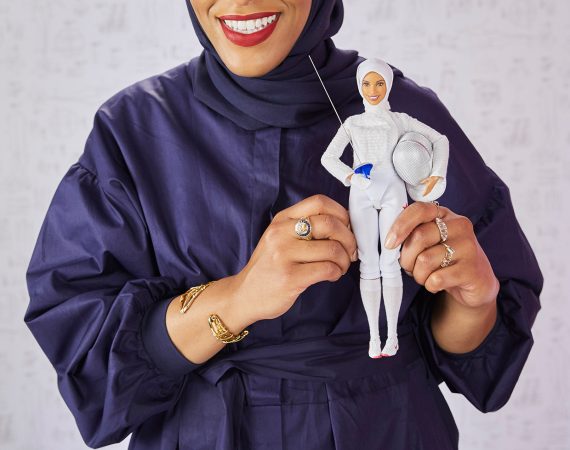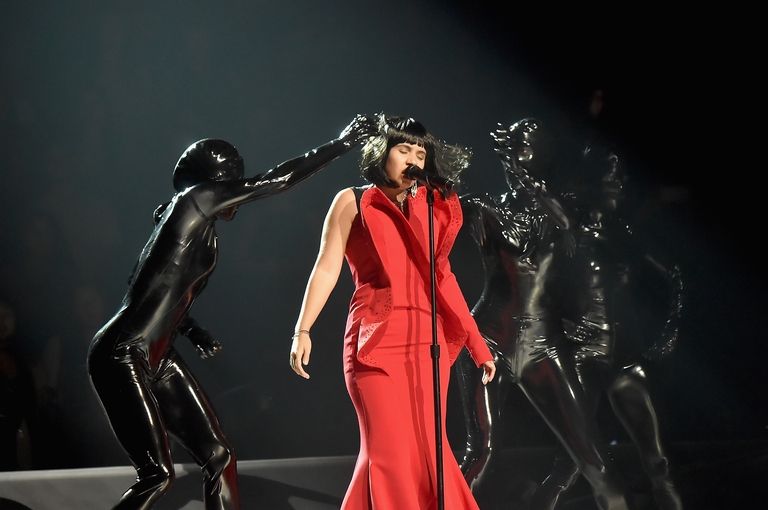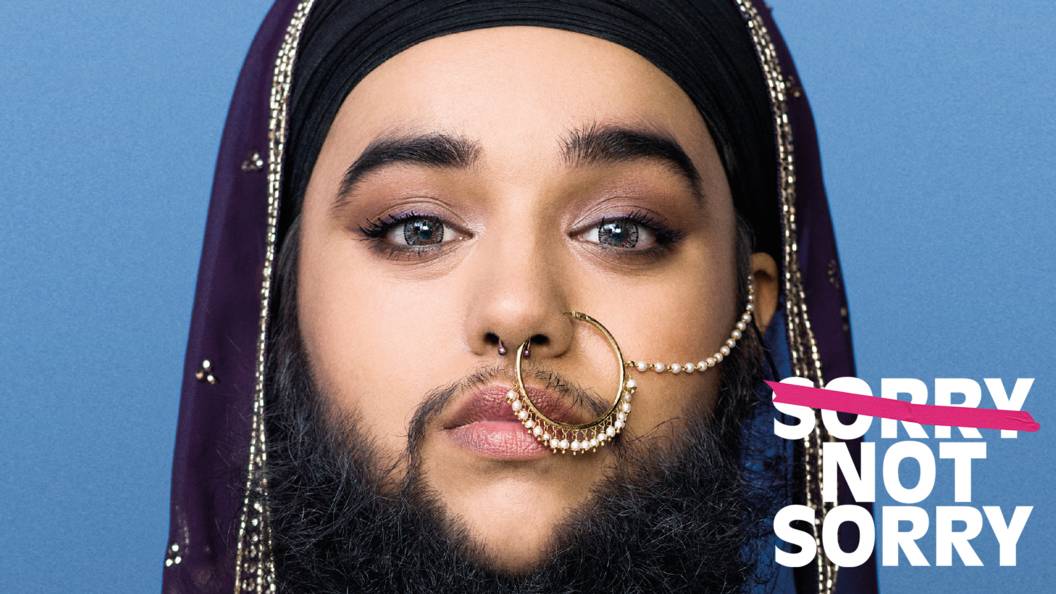If you asked anyone they would tell you (inaccurately) that Nigerian fashion begins and ends in Lagos. It is true that Lagos is the epicenter of cosmopolitan Nigerian fashion and Western Nigeria and its history and traditions have served as muse and inspiration to many of our designers, but it is easy to forget that there are vibrant Arewa fashion communities with intriguing trends that we often overlook.
So we at The Other Style have compiled a list of five trends from the realm of the Hausa Bakwai that we want to see designers explore in 2016.
Tapestry Crotchet

Crotchet came back into relevance in 2010 after British designer Christopher Kane used it in his Fall 2011 collection. Since then all the major international brands have tried out the trend, churning out handmade lace crotchet dresses and gowns. Even Nigerian brand IAMISIGO released a crotchet heavy Fall 2015 collection. But crotchet isn’t new to Nigeria, actually quite the opposite. Predominantly a male dominated field, Hausa, Fulani and Nupe artisans have used a crotchet technique called Tapestry Crotchet to create vibrant, brightly coloured accessory pieces; bags, hats and bracelets. There is a long history behind the patterns and textures achieved with the crotchet, each unique to each tribe and it would be amazing to see a designer engage the Northern artisan community and explore this history through collaborations.
Lalle

Again like Tapestry crotchet, Lalle is a centuries old Hausa beauty tradition borrowed from Arab Muslim bridal rituals, using dyes sourced from the henna plant to stain the skin in intricate designs. The designs differ according to the customs of the ethnic groups and the skill level of the artisan and some families have their own distinct patterns. In the last few years, Lalle has gone from obscure northern tradition to modern beauty fad. It would be great to see a designer’s take on this trend.
Modest Fashion

Islam is a driving force in the North and shapes many of the customs of the ethnic groups who live North of the Niger. One of the ways Islam has influenced Northerners is the rise of the ‘Modest’ fashion. Sunni muslims are more open to modern interpretations of Islamic tenets and as such find ways to embrace fashion while still honoring their beliefs. Modest fashion has become a proper movement with southern Nigerians getting their first brush with this at L.F.D.W 2015 when House of Kaya, one of the finalists of the British Council helmed Fashion Focus programme debuted his Ready to Wear collection Arewa Diamond. Ibrahim Aminu might have opened the doors, but it might be high time other designers followed suit and courted the millions of Northern women in desperate need of a stylish, Nigerian made turban or abaya.
Leather Work

Hidden behind the earthern walls of Kano are some of Nigeria’s best leather workmen. With techniques that have been passed down for nearly a century and an entire culture of artisanal nobility among these leather workers, the Hausa leather artisans are able to create distinct pieces of art through embroidery and dyeing techniques that are celebrated internationally. While the work of these artisans usually end up in the Lekki tourist village for foreigners to purchase, there is a story waiting to be told by Nigerians through commissions or collaborations and trade shows. Make it happen people!
Dye Work

There has been a lot of noise around the Yoruba wax dye technique called adire and its versatility, but now that every designer seems to have some adire piece in their collection, it is time to look Northwards. The Kofar Mata dye pits have been in existence since 1498 and several dozen generations of dyers who have been able to trace their pedigrees back to the 15th century continue to make their living in those pits even to this day.

With that kind of history and the ability to make such complex prints, isn’t it time we had prints from Kano on our runways?

